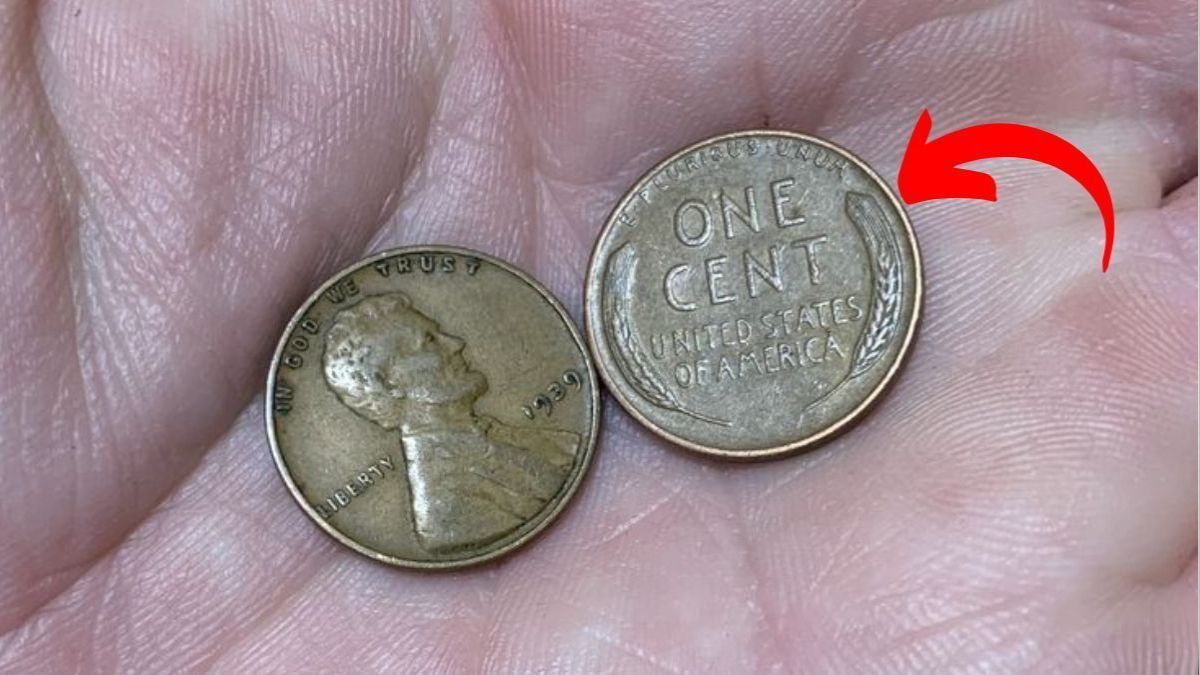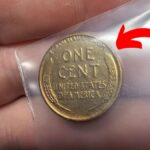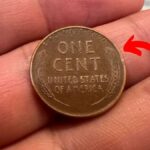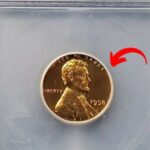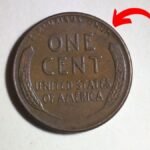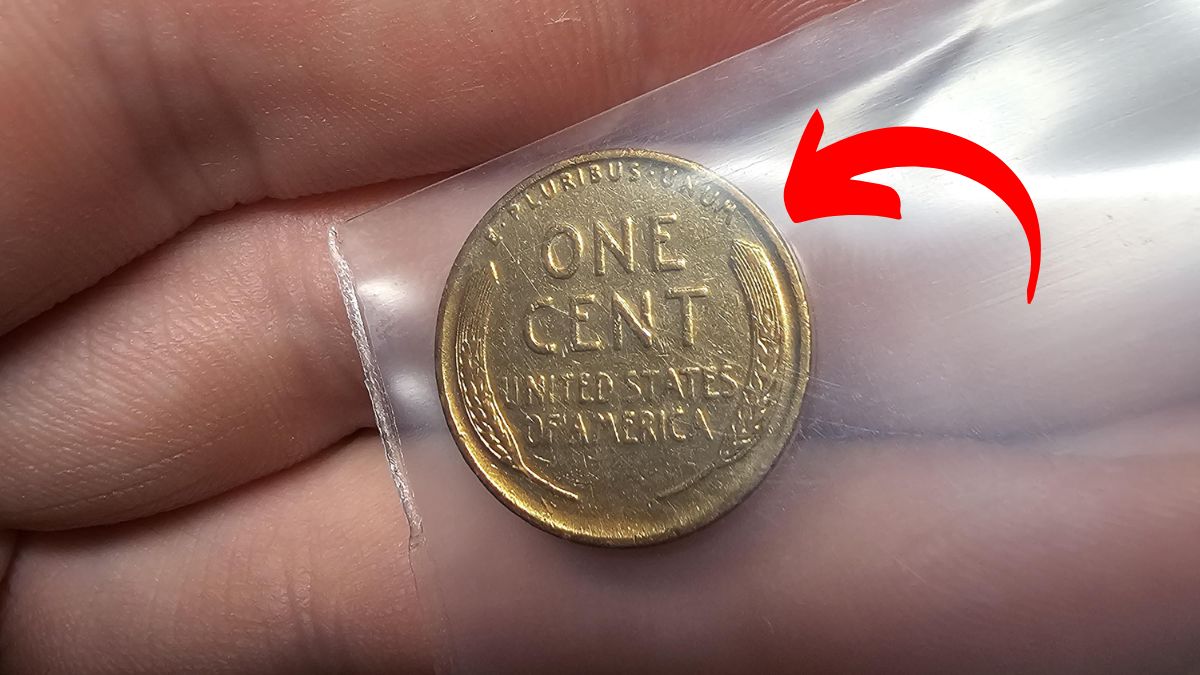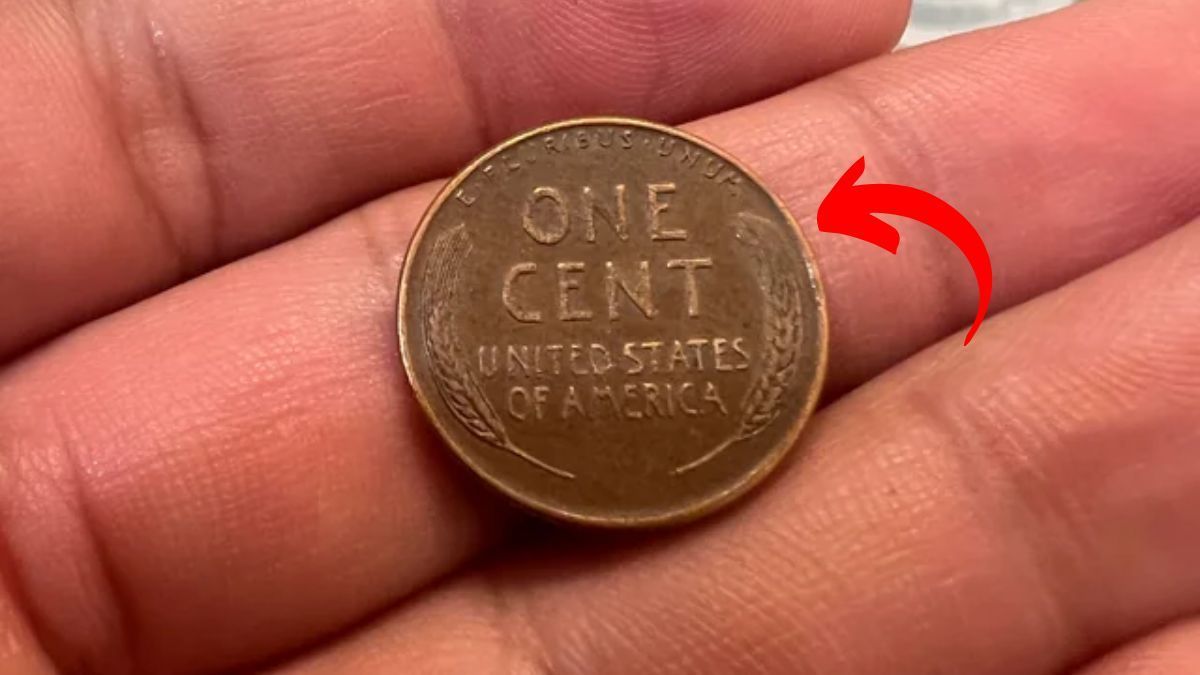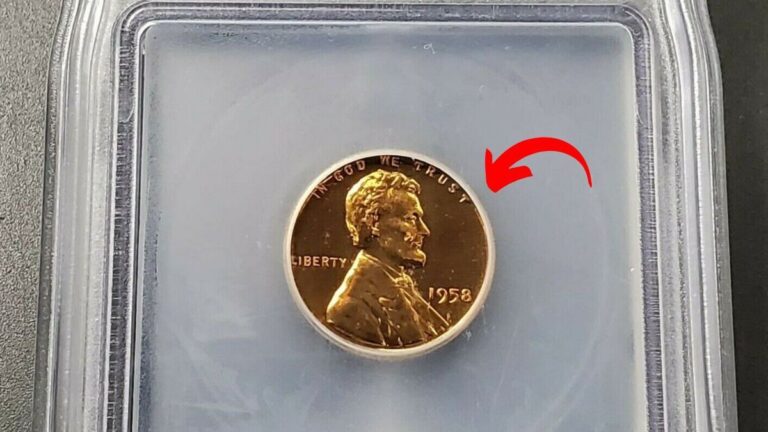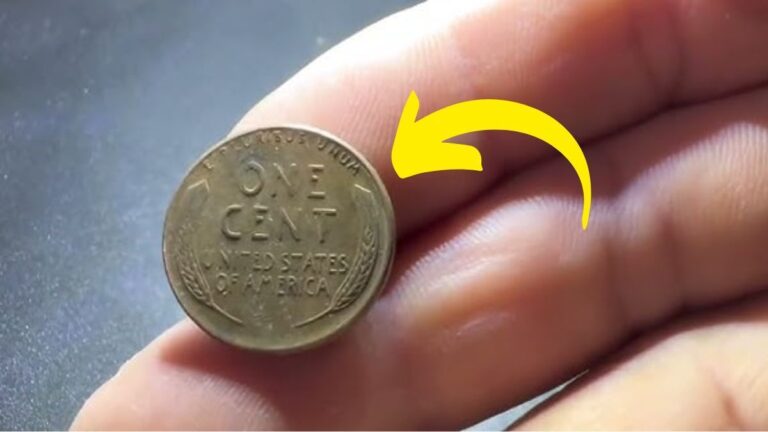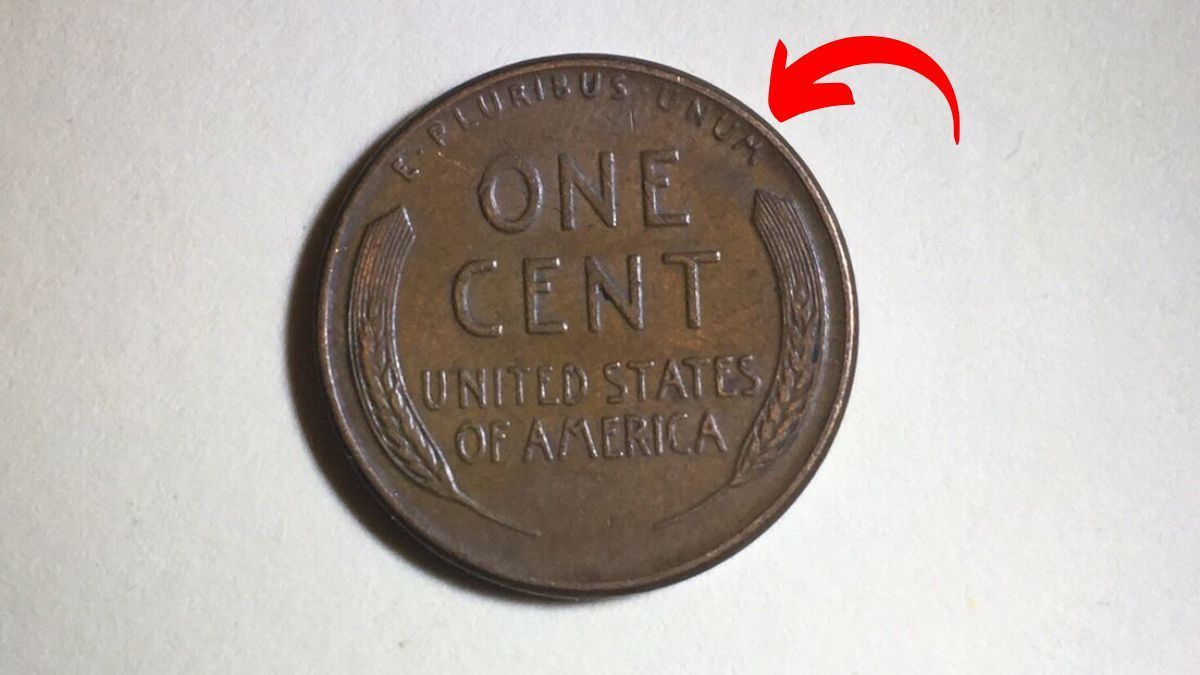Lincoln Wheat Penny Valued at $10.5 Million: Imagine finding out that an ordinary penny in your wallet or coin jar could be worth an astonishing $10.5 million. This might sound like fantasy, but a rare Lincoln Wheat Penny has indeed reached this remarkable value, and amazingly, some of these valuable coins may still be circulating unnoticed among everyday change. Across America, coin enthusiasts and casual collectors alike are carefully examining their pennies, hoping to discover this numismatic treasure. The possibility that someone might unknowingly spend a multi-million dollar coin at a convenience store adds an element of excitement to the most routine transactions and has many people looking at their loose change with newfound interest.
The History of the Lincoln Wheat Penny
The Lincoln Wheat Penny holds a special place in American coinage history as it was minted from 1909 to 1958. This iconic coin marked a significant milestone in U.S. currency as it was the first to feature the portrait of an actual historical figure rather than the symbolic representations that had been traditional before. The obverse (front) showcases Abraham Lincoln’s dignified profile, while the reverse displays two wheat stalks elegantly framing the words “ONE CENT” and “UNITED STATES OF AMERICA.” Designed by sculptor Victor David Brenner, these pennies were produced in enormous quantities over nearly five decades, becoming perhaps the most recognizable American coin of the 20th century.
What Makes Some Wheat Pennies Worth Millions?
While most Lincoln Wheat Pennies have modest value beyond their sentimental and historical significance, certain rare varieties have become incredibly valuable due to specific circumstances surrounding their creation. The most valuable examples include those with significant minting errors, unusual metal compositions, or extremely limited production numbers. Perhaps the most famous is the 1943 bronze penny, mistakenly struck using copper during World War II when the Mint had officially switched to zinc-coated steel to conserve copper for the war effort. These rare mistakes, combined with their historical context and the fervent demand from serious collectors, have driven prices to astonishing levels at specialized auctions.
The Story Behind the $10.5 Million Penny
The extraordinary $10.5 million valuation represents a record-breaking figure in American numismatics, demonstrating how a single coin error can create immense value. During World War II, copper was designated as a strategic metal essential for military equipment and ammunition. To support the war effort, the U.S. Mint began producing pennies from zinc-coated steel in 1943 instead of the traditional copper. However, a small number of copper planchets (the metal disks that become coins) were accidentally left in the presses or mixed with the steel blanks. The resulting copper pennies from 1943 became instant rarities—unintended mistakes that now rank among the most valuable coins in existence.
How to Identify a Potentially Valuable Wheat Penny
If you’re hoping to discover one of these valuable treasures, knowing what to look for is essential. Start by examining the date on your Lincoln Wheat Pennies, paying special attention to key years like 1909, 1914, 1922, 1931, and particularly 1943. The mint mark, a small letter indicating where the coin was produced, can significantly affect value—look for this beneath the date. For the legendary 1943 penny, a simple test involves using a magnet; the common steel versions will stick to it, while the rare and valuable bronze pennies will not. Also check for unusual errors such as double strikes (where the image appears twice), off-center strikes, or missing elements—these imperfections often increase a coin’s value rather than diminishing it.
Where These Valuable Pennies Might Be Found
The most exciting aspect of these rare coins is that they could potentially be anywhere—hiding in plain sight among ordinary pocket change. Many valuable coins have been discovered in the most unexpected places: getting change at a grocery store, rolling coins from a piggy bank, or going through an old collection inherited from a relative. Bank rolls of pennies have occasionally yielded valuable finds, as have estate sales, flea markets, and garage sales where sellers might not recognize what they have. The possibility that these rare pennies are still in circulation means that anyone with a keen eye and basic knowledge could potentially make a life-changing discovery while conducting everyday transactions.
What to Do If You Think You’ve Found One
If you believe you’ve discovered a potentially valuable Lincoln Wheat Penny, proper handling becomes crucial to preserving its worth. First, avoid cleaning the coin—contrary to what might seem logical, cleaning can significantly reduce a coin’s value to collectors who prize original surfaces and natural patina. Handle your find carefully, preferably by the edges, and consider storing it in a protective holder that won’t scratch the surface. The next essential step is professional authentication by a reputable coin grading service such as Professional Coin Grading Service (PCGS) or Numismatic Guaranty Corporation (NGC), as many counterfeits exist. If your penny is confirmed as authentic, consult with numismatic experts about the best approach for selling such a valuable item.
Beyond the Million-Dollar Rarities
Even if you don’t discover the legendary $10.5 million penny, many other Lincoln Wheat Pennies hold significant value. The 1909-S VDB penny (featuring the designer’s initials on the reverse) can be worth thousands of dollars in good condition. The 1914-D (Denver mint) is another highly sought-after example that commands impressive prices. The 1922 “plain” penny (with no mint mark due to a die error) and the 1955 “double die” penny (showing distinct doubling of the date and lettering) are additional treasures that collectors eagerly seek. While these may not reach into the millions, finding one could still represent a substantial windfall and might spark a deeper interest in numismatics.
The Thrill of the Hunt
The search for valuable coins represents one of the few treasure hunts accessible to almost anyone. Unlike seeking sunken shipwrecks or buried gold, coin collecting requires minimal investment and can be pursued during everyday activities. This accessibility has made the hunt for rare pennies a popular pastime across generations and backgrounds. The knowledge that extraordinary value might be hiding in something as common as a penny creates a unique blend of excitement and possibility. Even if the odds of finding the $10.5 million penny are slim, the search itself cultivates awareness, historical appreciation, and the development of specialized knowledge that enriches the collector’s experience.
Disclaimer
This article is provided solely for informational and educational purposes. While efforts have been made to ensure accuracy, coin values fluctuate based on market conditions, collector demand, authentication status, and individual specimen quality. The $10.5 million valuation represents exceptional auction results for authenticated specimens in optimal condition and should not be considered guaranteed for similar finds. Be aware that numerous counterfeit coins exist in the marketplace, including altered dates and copper-plated steel cents designed to mimic valuable rarities. Professional authentication is essential before making any significant purchasing decisions or claims about a coin’s value. Remember that improper cleaning or handling of coins can dramatically reduce their collector value. If you believe you’ve found a rare coin, consult with reputable numismatic experts for proper evaluation and guidance.
